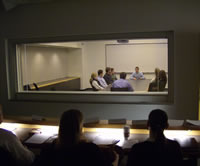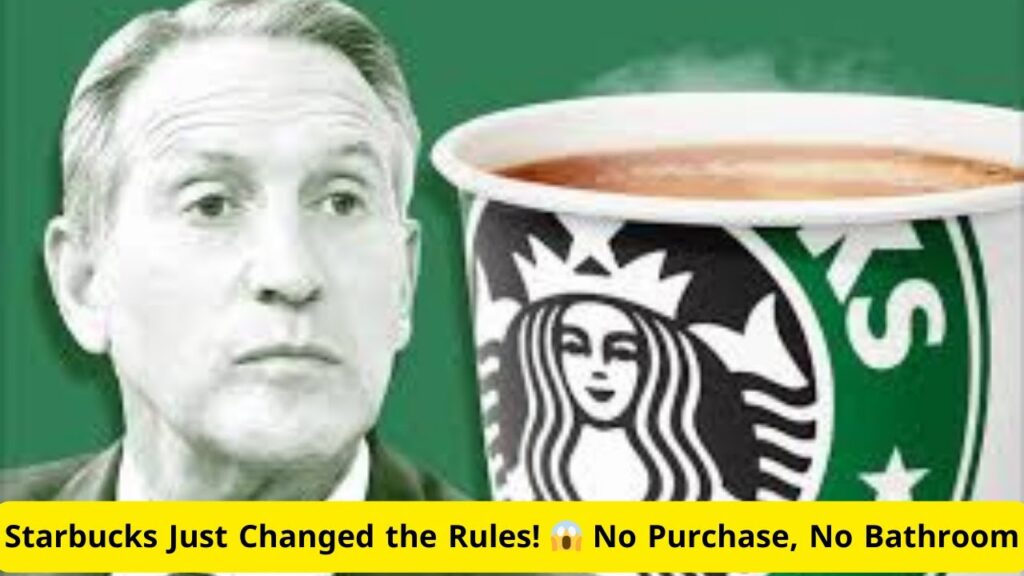 There are good focus groups and the not-so-good groups. So many variables can push the experience in either direction, but the credit or blame is usually attributed to the moderator. And that’s fair enough. It’s the moderator that chooses the facility, writes the screener, plans the discussion guide and gets respondents to open up or not.
There are good focus groups and the not-so-good groups. So many variables can push the experience in either direction, but the credit or blame is usually attributed to the moderator. And that’s fair enough. It’s the moderator that chooses the facility, writes the screener, plans the discussion guide and gets respondents to open up or not.
However, there are four steps that clients can take – and should really insist on – to ensure the richest learning experience possible and to maximize their research. By following these four steps, clients can build consensus, minimize conflict and confusion, and most importantly, create a decisive action plan that will actually get implemented in a timely manner. The process will also be far more enjoyable for all involved.
1. Conduct a live, half to three-quarter day “Discovery Session” one to two weeks before focus groups are scheduled to begin.
The Discovery Session has long been part of our positioning/new product development process and one of the key drivers to our success in those projects. It is a one-half to one full day session that blends key issues discussion with blue-sky ideation.
The Discovery Session is an important first step to get everyone who will be sitting in the back room during the focus groups on the same page and create a sense of personal ownership for each of the them. This buy-in to the more transcendent goal – stealing market share from a competitor rather than creating an award winning spot for the art director’s reel, for example – is critical.
Marketing and research objectives are proposed and vigorously debated on the way to building consensus in the Discovery session. Everyone gets to download their ideas and beliefs on key issues in a safe, non-threatening environment.
Group logistics are also discussed, including key discussion guide points and special areas of interest to be probed.
Stimulus needed for the groups is identified – form, quality and quantity. Blue-sky ideation in the session can kick start this process, and then responsibility is assigned to develop and produce it for the groups.
2. The research plan, including stimulus and discussion guide, must be developed and “bought into” by key decision makers.
Here’s a Great Truth of Focus Groups. That old cliché about computers is equally appropriate here: Garbage in, garbage out.
The importance of good stimulus cannot be overemphasized. It must be geared to the research objectives, provide a wide range of single-minded ideas to which respondents can react and be rendered in the appropriate format.
One of the biggest obstacles we face in qualitative research is creating the proper environment and providing the most provocative cues that allow people to open up. Expressing true emotion in a group of strangers or finding a way to articulate feelings that are difficult to express is always a difficult task for respondents. Good stimulus material, combined with the right exercises and discussion flow, give them a great starting point. Think of individual concepts as stakes in the ground, providing a foundation for people to crystallize their own ideas and feelings along with a context to express them.
Creating great stimulus – the right kinds of materials and content itself – is a big topic, too big to be covered here. Whether we are testing new product concepts, positioning alternatives, ads, logos, product prototypes or anything else, there are always many choices to be made. How finished should the concepts be? How many? How should they be presented? For now, let’s just say, “it depends.” I’ll cover this in a future article.
However, whatever the subject of our research is, it is always essential to understand precisely what we are testing and to create stimulus accordingly.
Here’s something that recently happened in one of my projects. Just as the groups were to start, I was given two boards – they looked like ads to me and respondents but were called “concepts” by the agency – and asked to present them in the groups to determine which would be more motivating.
Seems simple, right? It turned out to be difficult and confusing. The ads each had different visuals and different headlines as well as alternative promotional offers. So what were people really reacting to? The offers or the visuals and headline? We were able to sort it all out in the end, but if this had been well planned in advance, we would have elicited a much cleaner read on each element – creative/imagery (emotional) and promotional offer (rational) – as well as how they could have optimally been put together for greatest effect.
For example, a range of offers, more than two, could have been developed and presented independently of any creative framework. Offers could have been written in a very straightforward manner, perhaps a few words on index cards.
In this way, we could have isolated precisely what motivated consumers on a rational basis.
Imagery could then be explored separately. Which visuals are best suited to this message? Headlines? An exercise could have been created to allow respondents to manipulate the elements on their own to create their “ideal ad.”
Not only would we understand the key motivating elements, the natural tendency of respondents to play “ad critic” would be eliminated.
As in this recent experience of mine, research materials are frequently thrown together by agencies at the very last moment without much thought. They tend to show up minutes before the groups start, making it difficult for the back room to understand what is being tested and why, and for the moderator to develop a thoughtful approach for exploring the material with respondents.
Stimulus for research – along with the discussion guide – should be prepared well ahead of time and be designed to dovetail perfectly with research objectives and the planned discussion flow. Discovery Session attendees and other key players must be given ample time to react, provide feedback and review changes.
3. A back room “Listening Guide” is developed and a Back Room Moderator is appointed.
When I started out in the marketing business as a brand manager many years ago, people watching focus groups had nothing else to do but watch focus groups. Now we’re lucky to have observers pay attention more than a fraction of the time in the back room. They’ve got Wi-Fi connections and cell phones. They’re working on that project with the looming deadline, texting their friends, catching up on email or maybe even working on their fantasy baseball.
The times they are engaged with the research, back room discussions can be treacherous.
This reveals another Great Truth of Focus Groups. Simply put, the “back room” is equally important as the “front room.”
The back room is where the real action is when focus groups are conducted. Here you’ll find a diverse range of players and spectators, all with varying levels of involvement and each with a different, often conflicting, agenda. The local operator wants more traffic and sales right now. The brand people may take a longer view, looking to first recast consumer perceptions. Ad agency people just want the groups to love their work. The list goes on.
A Back Room Moderator would keep people focused and on task, just as the Front Room Moderator guides the discussion with respondents. He or she would utilize a “Listening Guide” to keep things on track.
For each section of the Discussion Guide, the Listening Guide would provide specific direction for back room participants to observe what respondents are saying, how they are saying it (tone of voice, body language, e.g.), hypothesize on their motivations and draw implications for marketing strategies and executions. We would provide forms for observers to record their thoughts.
Ideally, I would bring one of my partners to facilitate the back room dialogue, but barring that, the Client Insights Director or Manager should take charge
4. A Debrief Discussion Guide is developed and followed to review the day’s work.
What did we hear, what does it mean and what we should do about it? Simple questions, right? Why not keep this as organized as the rest of the research? Instead of simply holding forth in a stream of consciousness kind of way, the moderator – or better, the Back Room Moderator – can lead a structured, disciplined discussion tied directly to the research brief.
I hear the objections already. “We don’t have the budget for it.” “It’s impossible to get all those people in one room at the same time before the groups.” “We know it’s the right thing to do but our people won’t go for it.”
Kind of silly, don’t you think? The extra investment in time and budget is a drop in the bucket when considered against the upside of getting things right in the research. When smart people work together to build consensus and then act decisively in unison, what could be more powerful?



